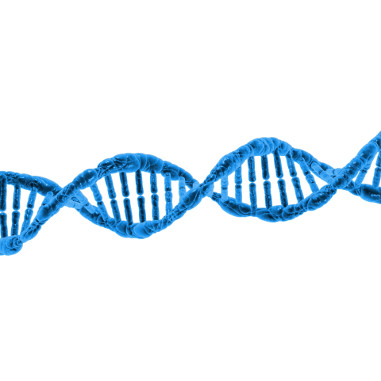T7-driven tetracistronic Ebola virus trVLP system with a Renilla-luciferase reporter (pT7.1-4cis-EBOV-vRNA-hrLuc, pTH5264), recombinant non-infectious virus system for Ebola virus Mayinga (8 Plasmids)

- Tagged as
- - Derived product
- - Nucleic Acid
- - Cloned nucleic acid
Produced by
: FLI Shipping From
: Greifswald - DE
Product Description
Ref-SKU:
022N-03908 Reverse genetics-based life cycle modelling system that allows modelling of Ebola virus genome replication and transcription, viral protein synthesis, virus assembly, budding, and entry into target cells under BSL1 conditions. Consists of 1) a plasmid encoding a T7-driven tetracistronic minigenome encoding a Renilla luciferase reporter and the Ebola virus proteins VP40, VP24, and GP1,2; 2) expression plasmids for the Ebola virus protein NP, VP35, VP30, and L; and 3) expression plasmids for the accessory proteins T7 polymerase (for initial transcription of the minigenome), Tim1 (attachment factor) and firefly luciferase (as control). Access is restricted to non-commercial research institutions only. Further descriptions of the different trVLP systems can be found at https://www.fli.de/en/institutes/institute-of-molecular-virology-and-cell-biology-imvz/laboratories/laboratory-for-molecular-biology-of-filoviruses/
Product Risk Group:
Information on the related virus
ICTV Taxonomy:
Virus name:
Cloned Product: Yes
Can it be used to produce GMO:
Yes
Biosafety restrictions:
The risk group classification of this life cycle modelling system can differ from country to country!
Region encompassed in this Product:
Ebola virus NP, VP35, VP30, L, VP40, VP24, GP1,2 open reading frames, Ebola virus terminal leader and trailer regions, selected Ebola virus untranslated/non-coding regions (NP/VP35, VP40/GP, VP30/VP24), Renilla and firefly luciferase open reading frames, T7 RNA polymerase open reading frame (codon optimized), and Tim1 open reading frame (codon optimized)
Plasmid:
Plasmid selection:
TAG:
Sequencing:
Partly sequenced
Sequence checked:
Yes
Mutations:
No mutation compared to the reference sequence
Identification technique:
sequencing
Storage conditions:
Nuclease-Free Water -20C
Shipping conditions:
IATA Classification:
Virus host type:
Previous Name or Taxonomy:
Information about the origin of the product
Biological material origin:
Synthetic origin
Modifications from the reference sequence(s):
The sequence(s) of this synthetic product has NOT been modified from the sequence listing provided as Genbank references